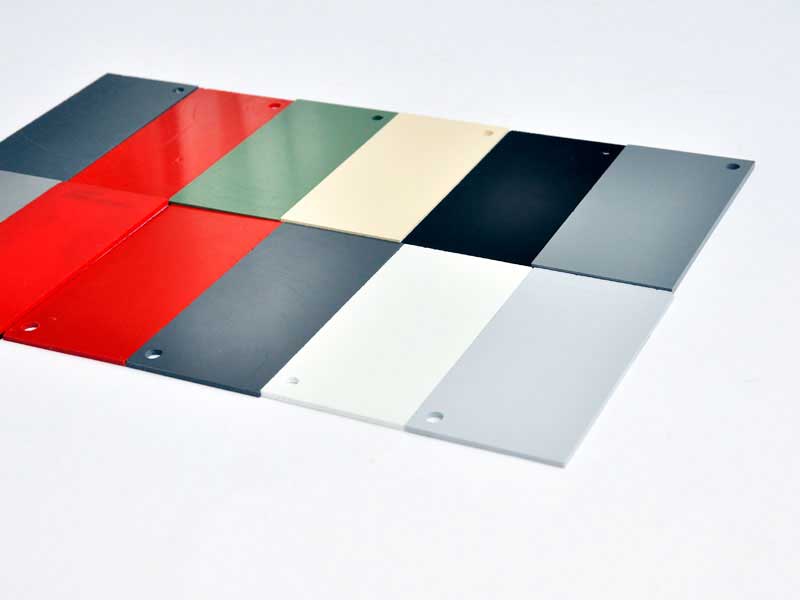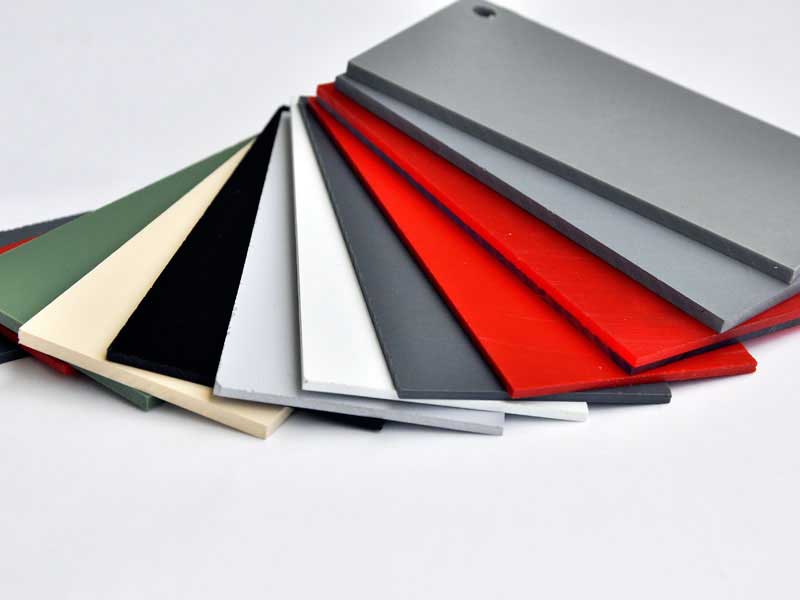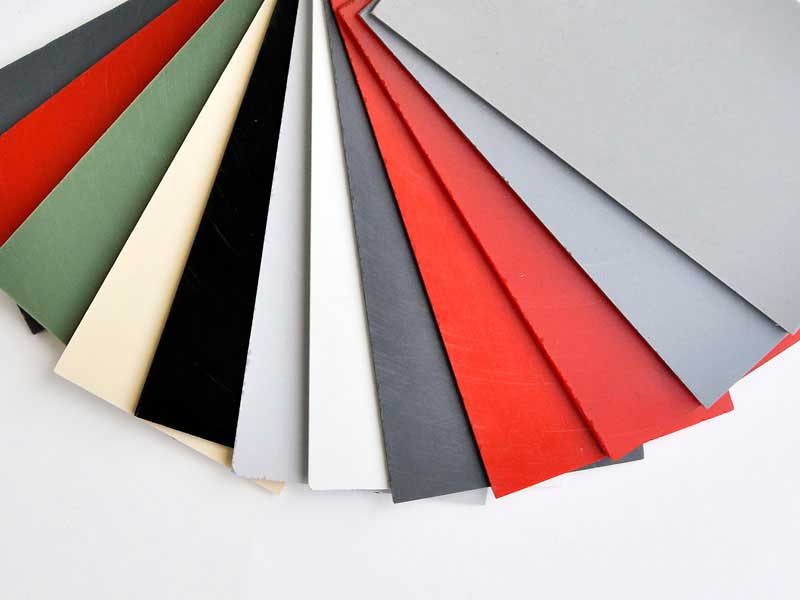Cetidur
Cetidur is a rigid PVC distinguished by high fire resistance and excellent adhesive properties, making it an ideal solution for industrial applications that require high mechanical performance and fire resistance.
Material Characteristics:
-
- High fire resistance: Cetidur is highly resistant to high temperatures and flames, making it suitable for use in demanding environments where fire resistance is essential.
-
- Self-extinguishing: The material self-extinguishes once the fire source is removed, adding extra safety in industrial conditions.
-
- Adhesive properties: Cetidur has excellent adhesive qualities, making it suitable for bonding and welding with other materials. It is also an excellent base for printing.
-
- High mechanical loads: This plastic can withstand high mechanical stresses without significant deformation, making it suitable for industrial applications requiring structural materials.
-
- Low deformation: The material shows minimal distortion under mechanical loads, making it stable and durable.
-
- Can absorb up to 2% moisture at 50% humidity, an important property for applications exposed to high moisture conditions.
Dimensions and Shape:
-
- Dimensions: According to customer request
Technical Standards:
Cetidur complies with the DIN EN ISO 1043-1 standard for PVC-U and polyvinyl chloride (PVC), meaning it is tested for standard industrial applications.
Advantages of Using Cetidur:
-
- Demanding industrial applications where high temperature conditions and fire resistance are critical.
-
- Adaptability for welding, printing, and bonding allows flexibility in production and assembly processes.
-
- Exceptional mechanical stability enables use in products exposed to heavy loads and harsh conditions.
-
- Minimal deformation under load extends the product’s lifespan.
Applications of Cetidur:
- Flexible assembly and manufacturing of components with welding and bonding
-
- Manufacturing of electrical and electronic components
-
- Automotive industry (for components that must withstand high temperatures and mechanical loads)
-
- Industrial parts requiring fire resistance and durability under harsh conditions
-
- Packaging and processing where excellent stability at high temperatures is needed
- Flexible assembly and manufacturing of components with welding and bonding


